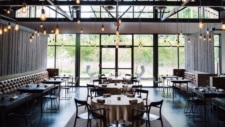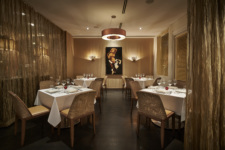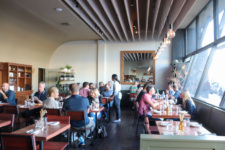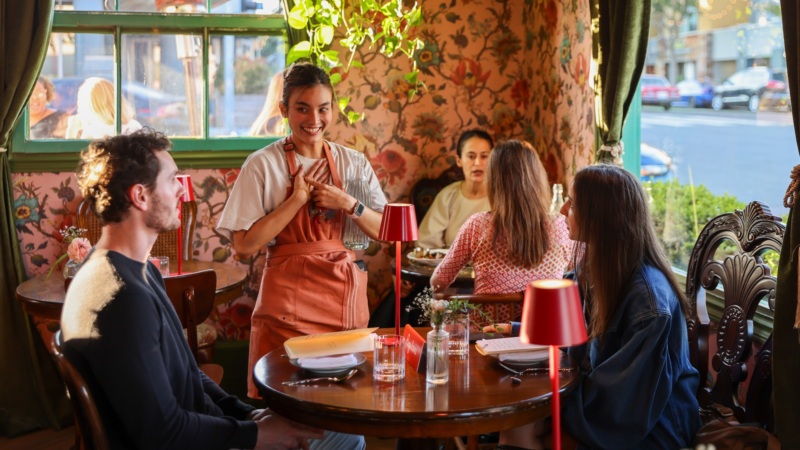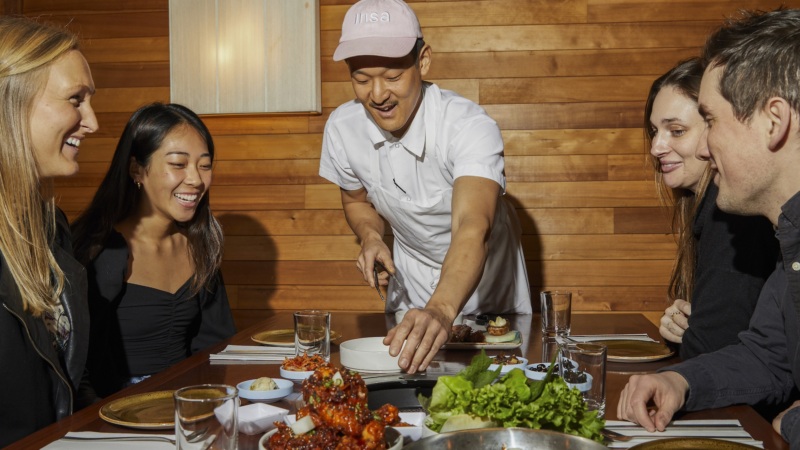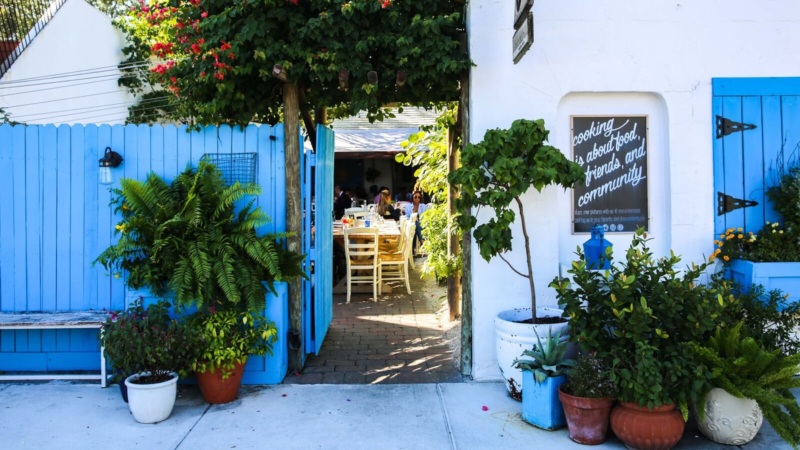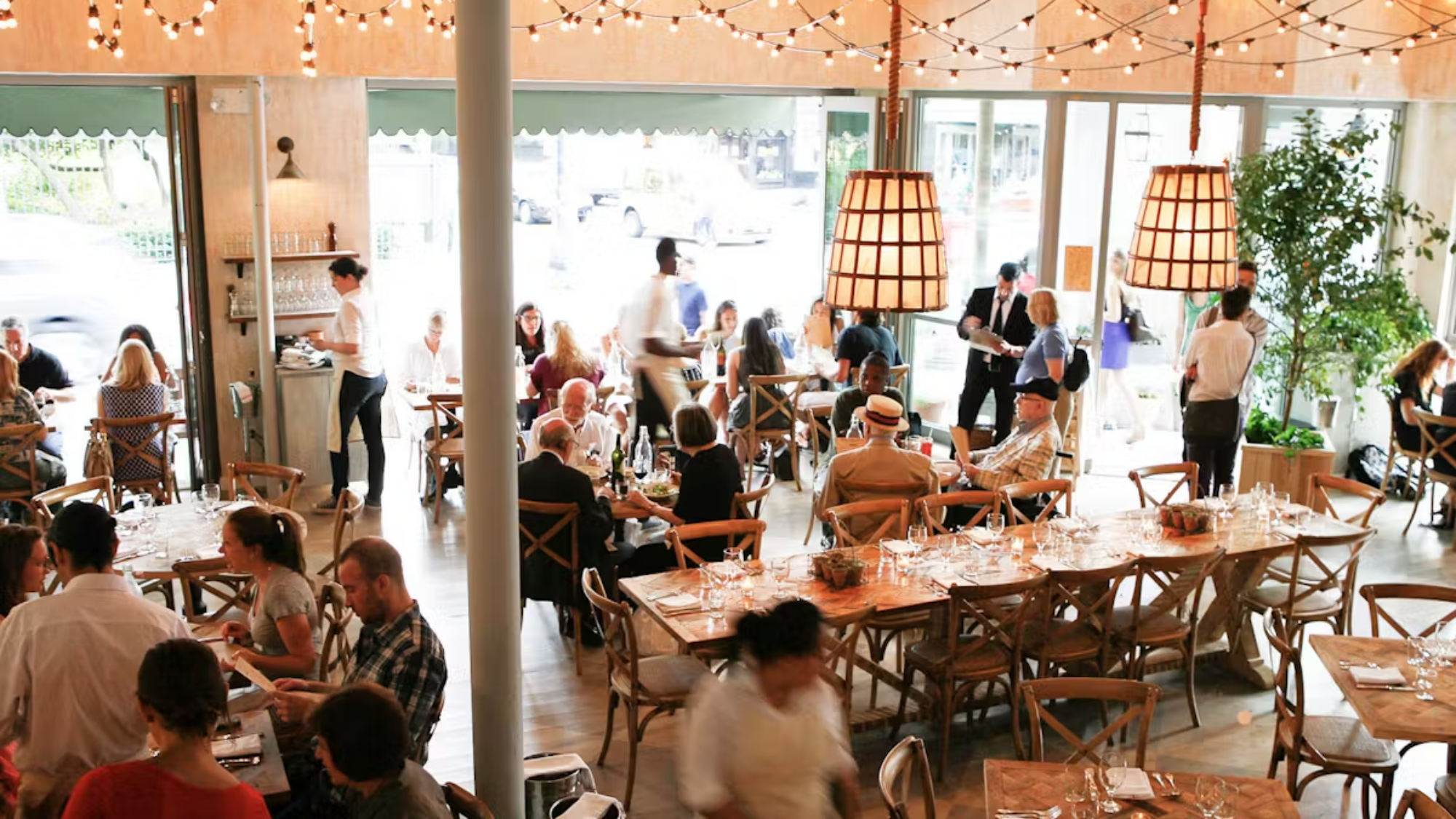
Carlos Suarez of Rosemary’s on How a Roof Garden Helped Realized His Restaurant Dream
Resy has grown a lot in the past 10 years, and we’re celebrating by shining a light on some of the restaurateurs who grew alongside us in our earliest days. In this special series 10 Years of Resy Restaurants, six star players from across the U.S. shared what they’ve learned over the years, how their restaurants have evolved, and much more.
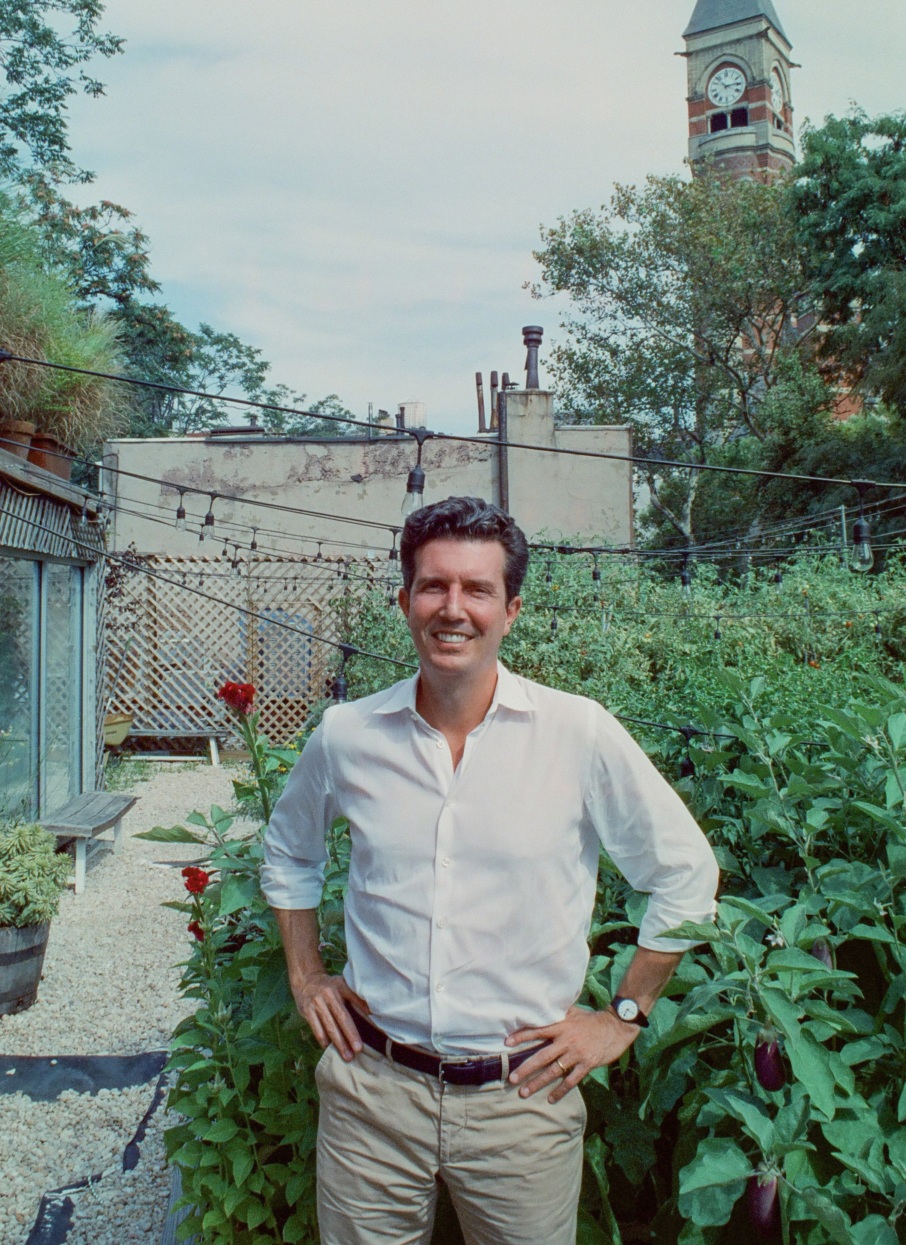
Name and Role: Carlos Suarez, Founder
Restaurant: Rosemary’s
Year Joined Resy: 2014
The West Village is something of a dining mecca, even within the greater Manhattan area. Within this half-square mile, you can choose from hundreds of dining options. For the past 12 years, Carlos Suarez has proudly called this vibrant neighborhood home to the original Rosemary’s, which was the very first restaurant to join the Resy platform. It now has three other locations in New York, one in Tokyo, and another on its way to Miami.
How does Suarez’s restaurant continue to stand out? It grows its very own produce right on the roof. In this interview, we delve into the inspiration behind this unique choice, how it operates, and his future hopes.
[Editor’s Note: The following has been edited for clarity and length.]
Resy: What are the one or two moments that really stand out over the course of your restaurant’s lifespan?
Carlos Suarez: We had worked incredibly hard over a number of years to get the doors open. The stress had been absolutely excruciating. Then, all of a sudden we pulled the construction paper down, the sun came pouring in and there was a line of neighbors waiting at the door. From that very first night in 2012, the food was delicious and people were just super excited to be there. It was a huge dream realized, and it was truly magical.
During that opening buzz, we hosted an epic four-top of music legends—but the restaurant itself isn’t suited to A-listers keen to keep their distance from the crowds, as the restaurant is wide open. I’ll never forget the silence that came over the room as I walked these four guests to their table, and their obvious disappointment with the table selection. It was pretty classic. They never returned. We should let them know that we now have a few booths in our newer locations.
What inspired you to integrate a rooftop garden into your restaurant operations?
The primary inspiration was my folks’ home in Tuscany where my father has a beautiful vegetable garden. He would grow all sorts of gorgeous produce. And my mom, Rosemary, being the great cook that she is, would prepare meals from it. So, when my folks moved to Italy 20-something years ago, I started visiting them and experiencing the beauty and joy of this very simple lifestyle growing their own produce and eating from the land. I wanted to bring that sensibility to New York.
At the same time, I had an interest in urban farming. I became buddies with Ben Flanner, who initially was at the Eagle Street Rooftop Farm, then started Brooklyn Grange. We worked together purchasing veggies from Brooklyn Grange when the only restaurant I operated was Bobo. We hosted a number of events on their rooftop farm in Long Island City.
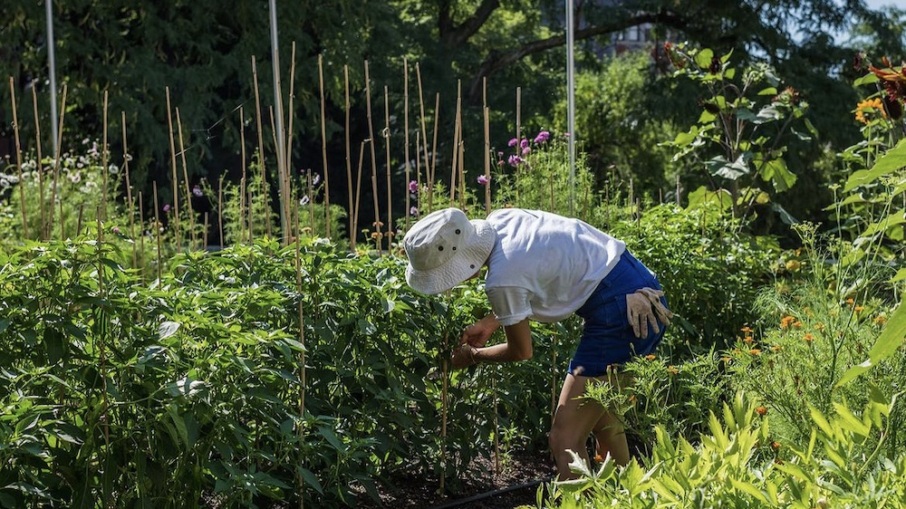
I had this dream of dining at my folks’ home in Lucca, kind of dovetailing with this urban agriculture that Ben was pioneering, showing how it’s possible to grow produce on roofs in cities. It was kismet that these things came together. Brooklyn Grange designed the original garden on the roof and helped us build it out.
I’m the luckiest person on earth, because I happened to hire a chef who was not only super passionate about this but also really capable. Chef Wade and his wife, Chef Xan, after toiling away in the kitchen, would seek quiet atop the restaurant in the garden tending to the produce. They actually managed the garden for the first nine or 10 years.
Could you describe the initial challenges you faced when you established the garden?
Beyond the reality of converting a single-story party store into a space that could withstand the live load of the garden and the rain and all that which was quite an investment, keeping up with the garden is definitely tough. Integrating the maintenance of the garden into the team schedule and keeping up with the dishes on the menu. It’s not as easy as picking up a phone and saying, “I want to order three cases of radishes.” You’re planning months ahead. We think about the dishes that we want to be serving three months from now. And obviously, the weather plays a role, so your menus need to be rather fluid as a result of Mother Nature’s whims.
And it doesn’t always work out like that. Sometimes, we’ll just plant three different varieties of cucumbers and see how they taste. Sometimes, a dish isn’t thought of until we taste the produce.
It starts with the team and creating a work environment that the team feels great being in. That positive work culture should translate to them being their best and us doing a good job of finding people who are really kind-spirited and excited to serve others.
Can you tell me more about Rosemary’s as a concept outside of its hyperlocal sourcing model?
More broadly, I view it as an amenity for the neighborhood. It’s familiar food. It’s a broad menu that appeals to a broad audience. There’s affordability—we feel it’s really important to offer terrific value to our guests. That value is central to our spirit of neighborly hospitality. That’s what Rosemary’s is all about. You can sit at Rosemary’s for lunch, and it’s a multi-generational audience in the dining room. And hopefully, people from all walks of life are able to appreciate this handmade, seasonal cooking. These things are done intentionally, but they don’t need to be expensive.
How do you foster that feeling of neighborly hospitality?
It starts with the team and creating a work environment that the team feels great being in. That positive work culture should translate to them being their best and us doing a good job of finding people who are really kind-spirited and excited to serve others. So, it starts internally. And we’re pretty clear about what the intention of the restaurant is, so hopefully the team continues to buy into that. And they really love it. They love connecting with the neighbors and seeing people come in multiple times a week or coming in for their birthdays and being part of the fabric of the community in a very positive way. (Editor’s Note: Learn more about Rosemary’s uplifting company culture in our interview with longtime pastry chef Alejandra Garcia.)
Do you have a favorite memory from the past decade at Rosemary’s?
Every year, we put up a 20-foot Christmas tree on the roof. You can see this 20-story Christmas tree from blocks away. The first Tuesday after Thanksgiving, we have the rooftop Christmas Tree Lighting event, which has become a neighborhood tradition that we’re really proud of, because people seem to really look forward to it and really enjoy it. As a neighborhood and a community, those who attend really enjoy that moment together. And throughout the holiday season, it’s this beacon of good spirit and warmth and festiveness. So, that’s something we’re really proud of.
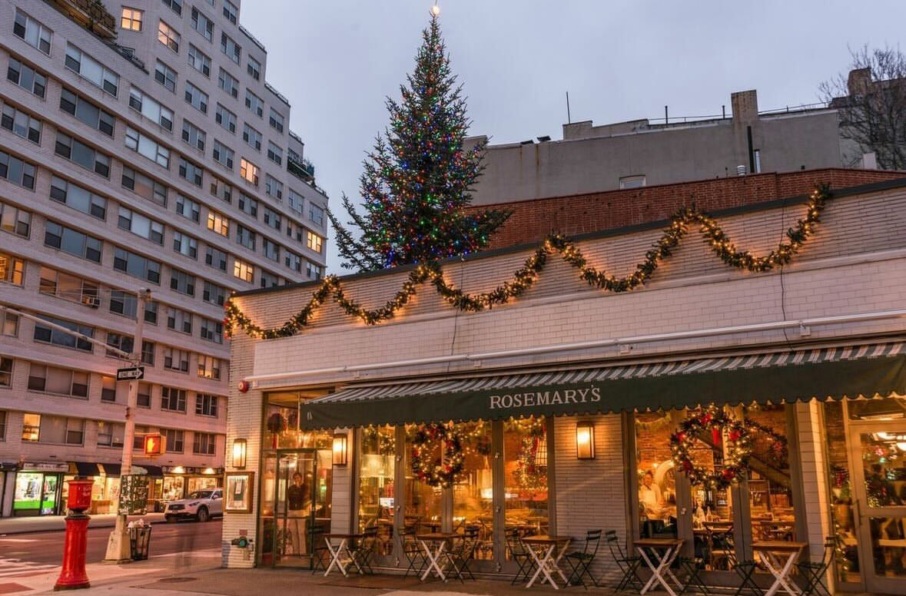
I thought it would be a beautiful thing to do, but who knew that it would be a tradition that we would be really proud of 12 years later? It really speaks to our desire to be a positive force in the neighborhood.
*Opinions and views in articles shared on Resy OS are presented for the purpose of discussion and commentary on topics of interest in the restaurant industry; they should not be viewed as substitutes for advice given by professionally engaged business consultants and advisors.

